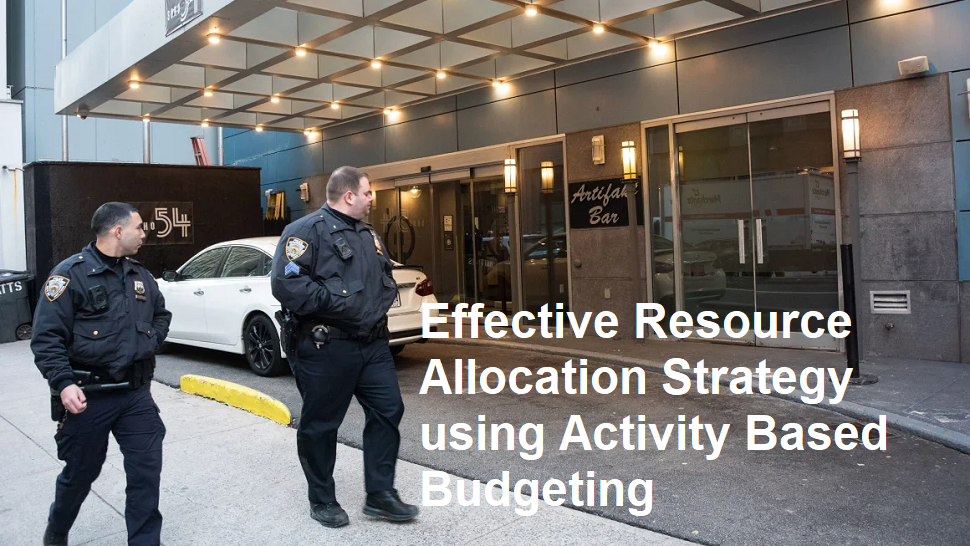The U.S. stock market suffered one of its worst trading days in years on Friday, April 4th, as former President Donald Trump’s announcement of sweeping global tariffs and reciprocal trade measures sent shockwaves through Wall Street. The Dow Jones Industrial Average (DJIA), S&P 500, and Nasdaq Composite all nosedived, erasing gains from earlier in the week and closing at their lowest levels since the pandemic-driven crash of March 2020. High-profile stocks like Nike, Apple, and Target were among the hardest hit, plunging over 9% each as investors scrambled to reassess risks in an increasingly volatile trade environment.
Trump’s Tariff Announcement Sparks Panic
In a press conference Friday morning, Trump confirmed plans to impose a new round of “global tariffs” targeting imports from multiple trading partners, including China, the European Union, and Mexico. He also vowed to enforce “reciprocal tariffs” that would match the rates other nations impose on American goods. The proposal, framed as a measure to protect U.S. industries and jobs, immediately reignited fears of a full-blown global trade war. Analysts warned that retaliatory actions from major economies could disrupt supply chains, inflate consumer prices, and derail the fragile post-pandemic economic recovery.
“This is a direct threat to the global economic order,” said Linda Johnson, chief economist at Barclays. “Markets had hoped for a de-escalation in trade tensions, but this move signals a return to the protectionist policies of the Trump era, with potentially graver consequences this time.”
Market Reaction: A Historic Sell-Off
The Dow Jones plummeted 1,200 points (3.8%), while the S&P 500 and Nasdaq fell 4.1% and 4.5%, respectively. The sell-off was broad-based, with all 11 sectors of the S&P 500 closing in negative territory. The technology-heavy Nasdaq bore the brunt of the losses, dragged down by semiconductor giants and consumer electronics firms reliant on international manufacturing.
Apple shares tumbled 9.3%, their steepest one-day decline since September 2020, as investors feared renewed tariffs on Chinese imports would squeeze profit margins. Nike collapsed 9.8% amid concerns over rising costs for raw materials and finished products sourced from Asia. Retailer Target, already grappling with weak consumer spending, sank 9.5% as analysts predicted higher prices for imported goods would further strain its bottom line.
Sectors in the Crosshairs
Technology, retail, and automotive sectors were particularly vulnerable to the tariff news. Companies like Tesla, Intel, and Home Depot also saw sharp declines, dropping between 7% and 8%. The automotive sector, which relies heavily on global supply chains, faced dual pressures from potential tariffs on foreign-made vehicles and components.
Meanwhile, agriculture stocks dipped as China and the EU hinted at retaliatory measures targeting U.S. agricultural exports—a repeat of the 2018–2019 trade war that devastated American farmers. “This feels like déjà vu,” remarked David Carter, a trader at Morgan Stanley. “Only now, the economy is less resilient, and inflation is still a lingering problem. The Fed has far less room to maneuver.”
Long-Term Risks and Investor Sentiment
Market volatility indices surged, reflecting heightened investor anxiety. The VIX, Wall Street’s “fear gauge,” jumped 25% to its highest level since June 2022. Bond yields fell as capital flowed into safer assets like Treasuries, while the U.S. dollar strengthened against major currencies—a sign of global risk aversion.
Experts warned that prolonged trade tensions could stall corporate investment, delay rate cuts by the Federal Reserve, and tip the U.S. into a recession. “The timing couldn’t be worse,” said Mark Zandi, chief economist at Moody’s Analytics. “Businesses are already hesitant to expand due to high borrowing costs. Adding trade uncertainty into the mix could freeze economic activity altogether.”
Political and Economic Fallout
The Biden administration criticized Trump’s proposal, calling it “economically reckless” and vowing to challenge the policy if it moves forward. However, with Trump leading in key swing-state polls ahead of the November election, markets are bracing for the possibility of his return to the White House—and the trade policies that may follow.
For now, investors are left navigating a landscape fraught with uncertainty. As earnings season approaches, companies may issue grim guidance revisions, exacerbating the sell-off. “The market hates unpredictability,” said Kristina Hooper, Invesco’s global market strategist. “Until there’s clarity on how these tariffs will be implemented—and how the world responds—volatility will dominate.”
Friday’s historic rout underscores the fragility of market confidence in the face of geopolitical risks. With trade wars back on the table and equities at their most vulnerable since the COVID-19 crisis, the road to recovery appears increasingly fraught. For companies like Apple, Nike, and Target, the path forward will depend on their ability to adapt to a world where trade barriers—not globalization—dictate the rules of the game. Investors, meanwhile, must weigh the risks of staying exposed to sectors that could face years of disruption.












